The study of ancient life through paleontology has revolutionized our understanding of Earth’s biological past. By examining fossils—preserved remains or traces of organisms from previous geologic periods—scientists reconstruct extinct species and ecosystems that existed millions of years ago. However, a growing concern within the scientific community questions whether modern human biases and perspectives unconsciously influence how we interpret these ancient fragments. Our understanding of dinosaurs, early mammals, and prehistoric humans has evolved dramatically over the decades, sometimes revealing more about our contemporary thinking than about the ancient world itself. This article explores the complex relationship between fossil evidence and modern interpretation, examining how cultural perspectives, technological limitations, and scientific paradigms might shape our view of prehistoric life.
The Challenge of Objectivity in Paleontology
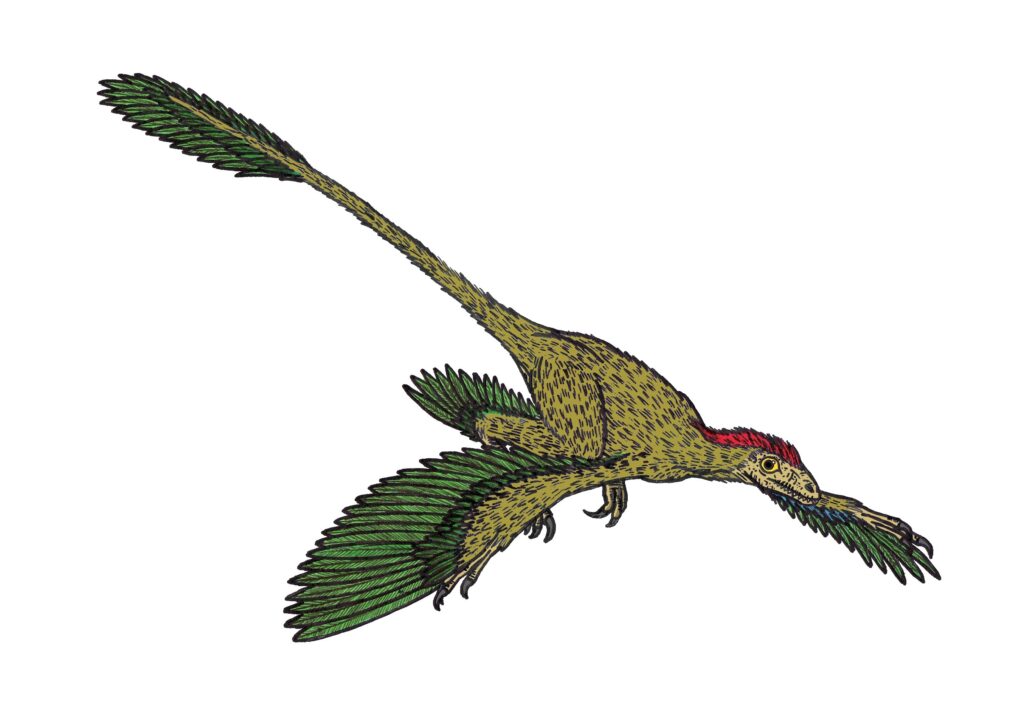
Paleontologists face an extraordinary challenge—reconstructing entire organisms and their behaviors from often fragmentary remains. This interpretive process inevitably involves inference and imagination, creating space for unconscious bias to enter. Unlike observing living species, we cannot directly witness prehistoric behaviors, ecologies, or appearance details like skin color and soft tissue structures. The resulting knowledge gap necessitates extrapolation based on modern analogues, comparative anatomy, and evolutionary theory. Even the most rigorous scientific methodology includes subjective elements when dealing with such incomplete data. Renowned paleontologist Stephen Jay Gould highlighted this dilemma in his writings, noting how cultural beliefs and contemporary worldviews subtly influence scientific interpretation, particularly when evidence is limited. This challenge of objectivity represents not a failure of science but rather an inherent methodological hurdle requiring constant awareness and self-correction.
Historical Perspectives: From Victorian Dinosaurs to Modern Reconstructions
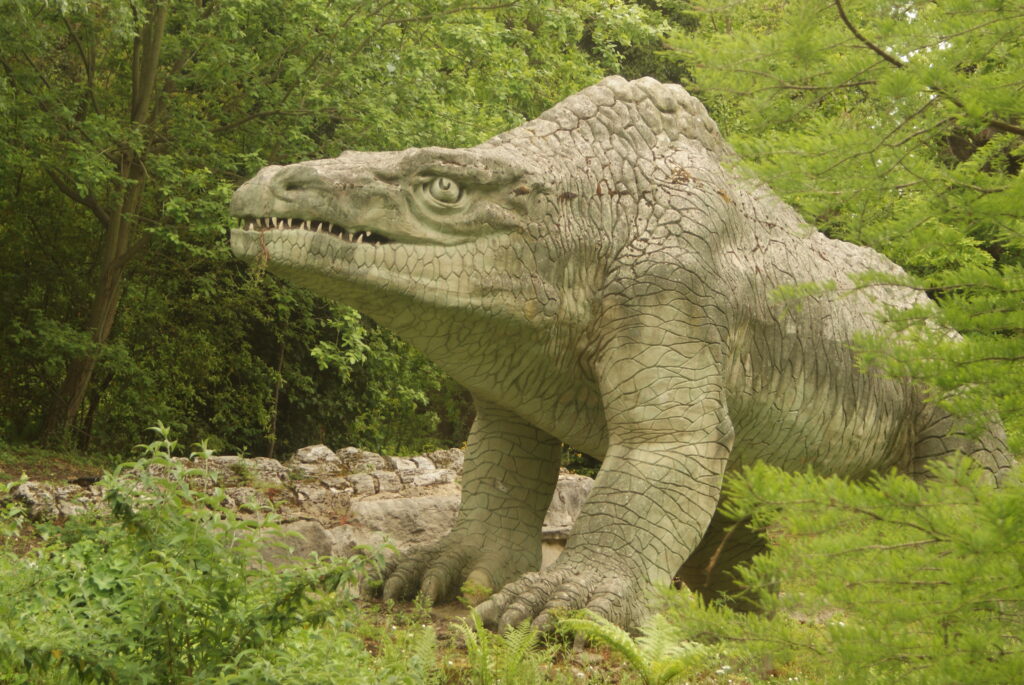
The history of dinosaur interpretation vividly illustrates how contemporary cultural values influence scientific reconstructions. Victorian-era paleontologists frequently portrayed dinosaurs as lumbering, slow-moving reptiles—a vision aligning with their perception of primitive life forms as inherently inferior to mammals. This interpretation reflected the prevailing hierarchical worldview that placed humans at the evolutionary pinnacle. The famous Crystal Palace dinosaur sculptures from the 1850s, with their sprawling lizard-like postures, embodied this perspective. By the 1960s-1970s, the “Dinosaur Renaissance” dramatically reimagined these creatures as active, warm-blooded, and potentially social animals—a vision more aligned with post-war dynamism and changing views of natural history. Most recently, discoveries of feathered dinosaurs have further revolutionized our understanding, creating representations that would be unrecognizable to 19th-century scientists. Each era’s reconstruction, while building on new evidence, also reflects contemporary scientific paradigms and cultural values about nature and evolution.
Gender Bias in Human Ancestor Reconstructions
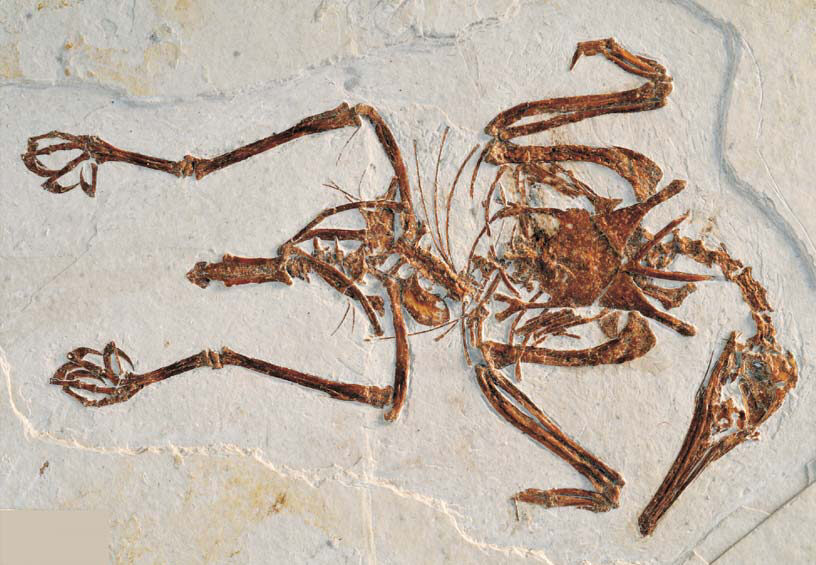
Interpretations of human evolution have frequently revealed gender biases prevalent in the societies producing the science. Early 20th-century depictions of human evolution often portrayed “man the hunter” scenarios, emphasizing male contributions to human development while minimizing female roles beyond reproduction and child-rearing. These narratives reflected contemporary gender norms rather than definitive evidence from the fossil record. Feminist anthropologists in the 1970s and 1980s began challenging these frameworks, pointing out how “woman the gatherer” might have been equally significant in human evolution. Recent research on Neanderthal societies has revealed evidence suggesting more egalitarian gender roles than previously assumed, with both sexes participating in hunting and artistic activities. The evolution of these interpretations tracks closely with changing gender politics in modern society, raising questions about whether we’re seeing clearer archaeological evidence or projecting contemporary values onto the past. This example underscores how social frameworks influence even our most fundamental understanding of human origins.
Technological Limitations and Their Interpretive Consequences
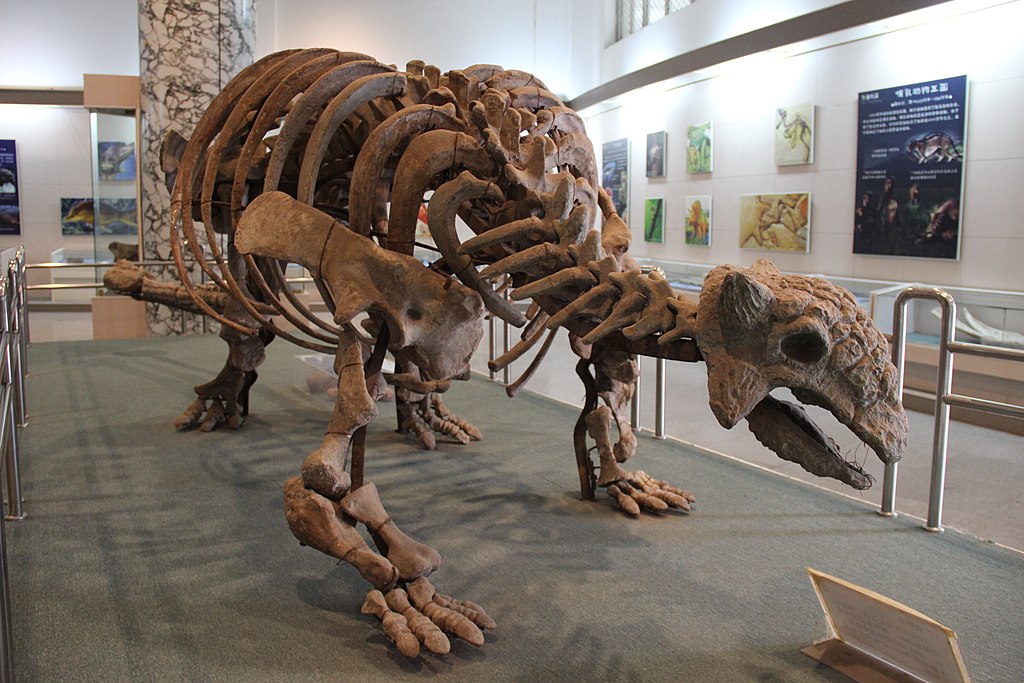
The technologies available to paleontologists fundamentally shape their interpretations of fossil evidence. Early paleontology relied primarily on gross morphological observation, limiting the details scientists could extract from specimens. The introduction of scanning electron microscopy in the mid-20th century suddenly revealed microstructures previously invisible, revolutionizing interpretations of fossil tissues and cellular structures. More recently, advanced imaging techniques like synchrotron radiation X-ray tomographic microscopy allow scientists to visualize internal fossil structures without damaging specimens. With each technological advancement, previous interpretations require revision, not because earlier scientists were careless, but because their tools limited their observational capacity. The development of ancient DNA analysis has similarly transformed our understanding of evolutionary relationships, sometimes contradicting interpretations based solely on morphology. These technological progressions highlight how our interpretation of fossils is inherently constrained by available methodologies, suggesting that current interpretations may likewise seem limited to future generations with more advanced analytical tools.
Anthropomorphism: Projecting Human Traits onto Ancient Species
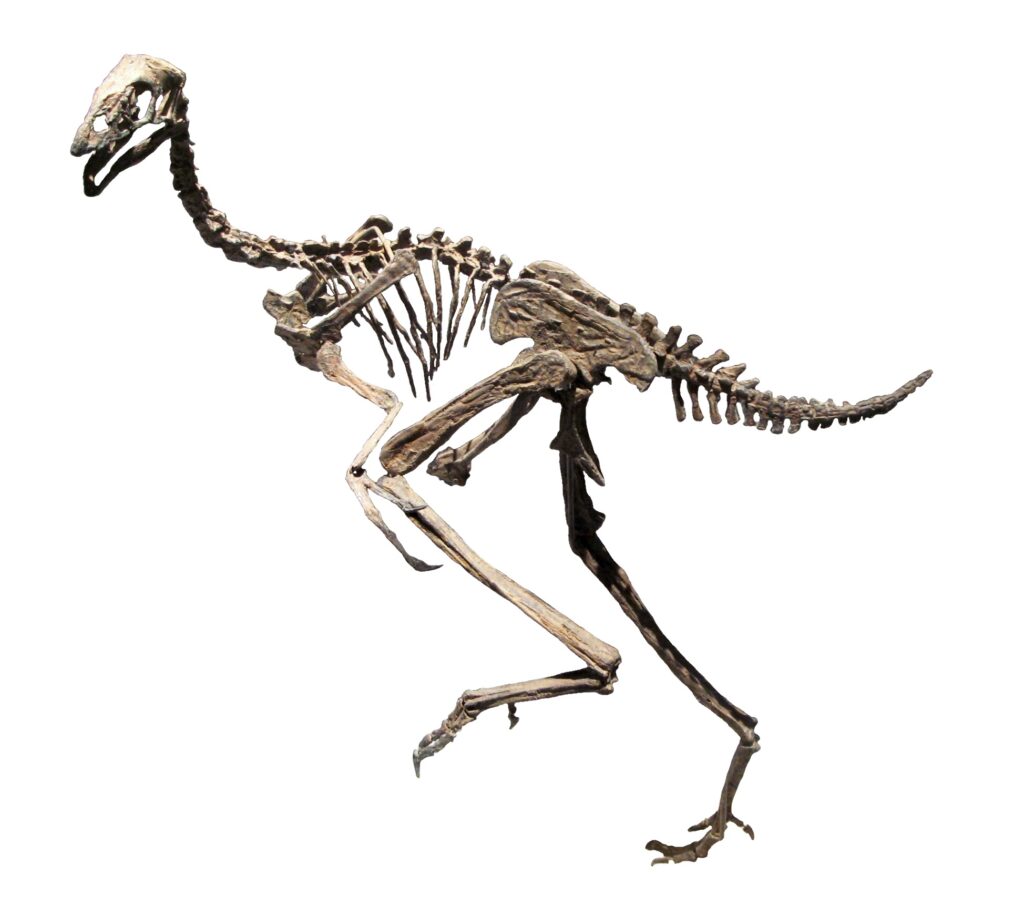
Anthropomorphism—attributing human characteristics to non-human entities—represents one of the most persistent biases in paleontological interpretation. Researchers often unconsciously project human behaviors, motivations, and social structures onto ancient species, particularly those phylogenetically closer to humans. The tendency to interpret Neanderthal burial sites through the lens of modern human spirituality exemplifies this bias, potentially overlooking simpler explanations for these behaviors. Similarly, interpretations of dinosaur social structures frequently borrow concepts from modern mammalian societies without sufficient evidence that such comparisons are appropriate. The language used in scientific literature often reveals these anthropomorphic tendencies, with terms like “families,” “caring for young,” or “territorial defense” carrying human connotations that may not accurately represent prehistoric reality. Even seasoned paleontologists must guard against the natural tendency to fill explanatory gaps with familiar human behavioral models. Recognizing and minimizing anthropomorphism requires constant vigilance and a willingness to acknowledge the limitations of our evidence.
The Influence of Popular Culture on Scientific Interpretation

The relationship between popular culture and paleontology flows in both directions, with scientific interpretations influencing media portrayals while media simultaneously shapes public and scientific imagination. Blockbuster franchises like “Jurassic Park” have dramatically impacted public perception of dinosaurs, creating enduring images that sometimes persist despite scientific revisions. The swift, intelligent Velociraptors portrayed in film bear little resemblance to the turkey-sized, feathered creatures known from fossils, yet this cinematic visualization influences how people, including young scientists, conceptualize these animals. Research has shown that paleoartists’ reconstructions of ancient creatures often reflect contemporary media portrayals as much as scientific evidence. Even within scientific circles, the compelling narratives from popular depictions can subtly influence which research questions seem important or which interpretations feel intuitively correct. This feedback loop between science and culture creates a complex interpretive environment where distinguishing evidence-based conclusions from culturally influenced assumptions becomes increasingly challenging.
Confirmation Bias and Career Incentives in Fossil Interpretation

The professional structure of academic paleontology sometimes creates incentives that can influence fossil interpretation. Scientific careers advance through novel discoveries and groundbreaking interpretations, potentially encouraging researchers to favor evidence supporting new or controversial claims. This confirmation bias—the tendency to notice and emphasize evidence supporting one’s existing beliefs—can be particularly problematic when working with fragmentary fossil evidence that requires significant interpretation. The competitive grant funding landscape may further incentivize dramatic claims that attract attention and resources. Paleoanthropology has witnessed several famous controversies where career ambitions potentially influenced fossil interpretations, including debates over Piltdown Man (ultimately revealed as a hoax) and more legitimate disagreements about species classification in human ancestors. Academic paleontologists face the challenging task of balancing scientific objectivity with the professional realities that reward noteworthy discoveries. The peer review system provides some safeguards against these biases, but cannot eliminate them from the interpretive process.
Western Scientific Frameworks versus Indigenous Knowledge

Western scientific approaches to fossil interpretation have historically dominated paleontology, potentially marginalizing alternative knowledge systems that might offer valuable perspectives. Indigenous communities worldwide often possess a sophisticated understanding of local fossils, incorporating them into cultural knowledge through generations of observation and oral tradition. The Ute people of North America, for instance, had long recognized dinosaur tracks as footprints from ancient beings before Western science classified them as dinosaur impressions. Aboriginal Australian traditions include detailed knowledge of megafauna that coincides with scientific findings about extinct species. These alternative interpretive frameworks sometimes propose different relationships between species or emphasize ecological connections overlooked by conventional scientific approaches. Increasingly, paleontologists recognize the value of incorporating indigenous knowledge into scientific interpretation, acknowledging that different cultural perspectives might identify patterns or relationships missed within Western scientific paradigms. This integration represents not only cultural respect but also a practical recognition that diverse interpretive frameworks may enhance scientific understanding.
The Problem of Narrative in Scientific Reconstruction
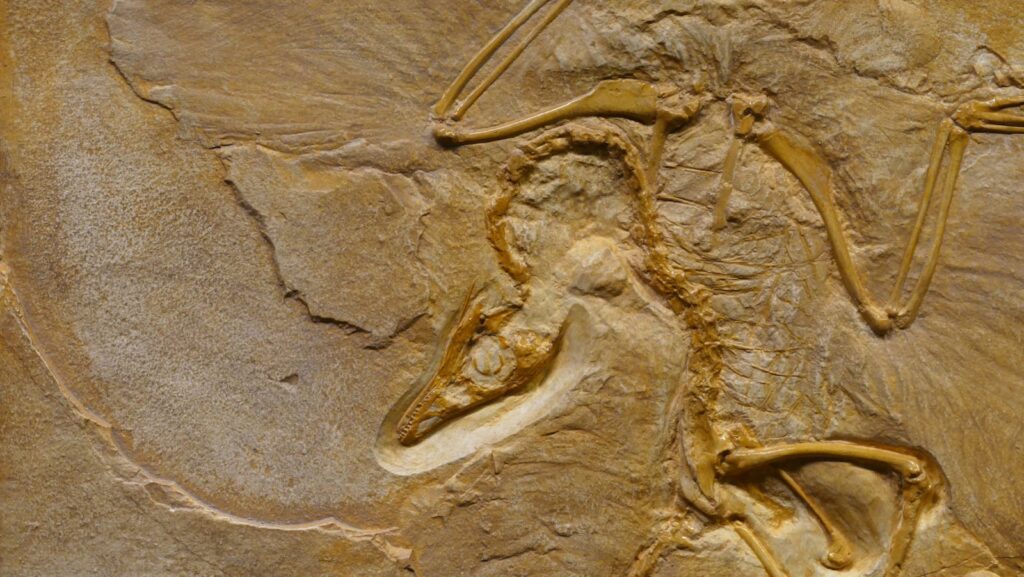
Humans naturally think in narratives—coherent stories that explain complex phenomena, which creates both strengths and vulnerabilities in paleontological interpretation. Scientists must transform isolated fossil evidence into comprehensible reconstructions of ancient life, essentially creating narratives about the past. These scientific narratives necessarily involve connecting fragmentary evidence into coherent wholes, a process that invites storytelling instincts that may exceed available evidence. The compelling “savanna hypothesis” of human evolution exemplifies this tendency, creating a straightforward narrative linking bipedalism to open grassland adaptation despite increasingly complex evidence suggesting multiple habitats played roles in human development. Scientific publications often present cleaner narratives than the messy reality of evidence warrants, potentially oversimplifying complex evolutionary histories. The narrative structure helps make scientific findings communicable and meaningful, but simultaneously creates vulnerability to over-interpretation. Balancing the human need for coherent explanation with scientific restraint remains an ongoing challenge in paleontological communication and interpretation.
Technological Determinism in Human Evolution Narratives

Interpretations of human evolution frequently reveal a technological determinism bias—the assumption that tool development represents the primary driver of human cognitive and social evolution. This perspective often reflects modern society’s technological orientation rather than a balanced consideration of multiple evolutionary factors. Traditional narratives have emphasized tool-making as defining early human species, potentially undervaluing social cooperation, language development, or ecological adaptation as equally important evolutionary drivers. Stone tools, being more readily preserved than organic materials, receive disproportionate attention in the fossil record, potentially skewing our understanding of prehistoric priorities. Recent research suggests early humans may have used perishable plant-based tools extensively before stone technologies, challenging conventional narratives about technological progression. Some anthropologists now argue that social innovations may have driven human evolution more significantly than technological ones, representing a significant shift from earlier interpretations. This evolving perspective demonstrates how changing modern values around technology influence our interpretation of human ancestors’ cognitive and cultural development.
Combating Interpretive Bias Through Methodological Rigor
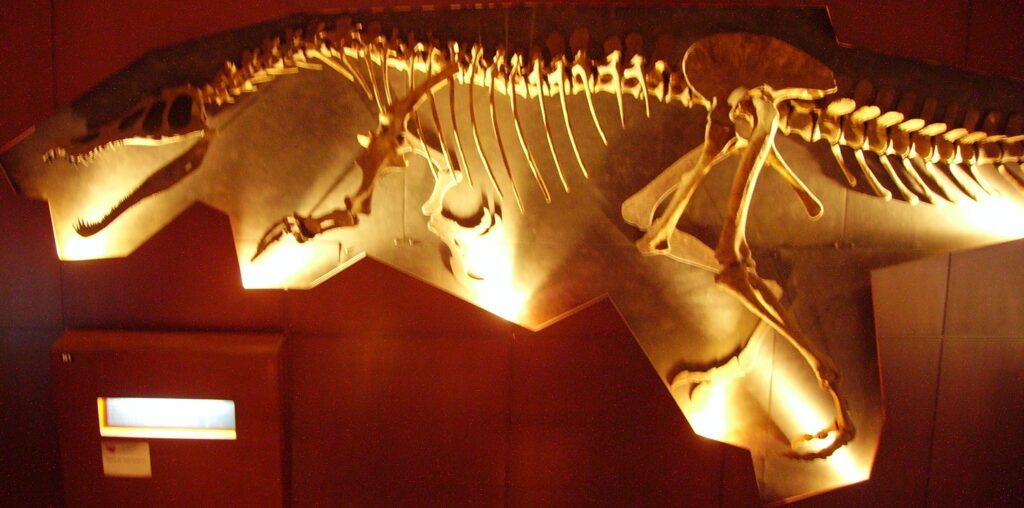
While eliminating bias from fossil interpretation may be impossible, the scientific community has developed methodological approaches to minimize its impact. Explicit hypothesis testing rather than narrative construction helps constrain interpretations to evidence-supported conclusions. Statistical approaches like Bayesian inference can quantify uncertainty in fossil interpretation, forcing researchers to acknowledge the probabilistic nature of their conclusions rather than presenting them as definitive. Multidisciplinary teams combining diverse expertise and cultural backgrounds can identify biases invisible to more homogeneous research groups. Some paleontologists now practice “null hypothesis” thinking, actively considering multiple interpretations of fossil evidence rather than focusing exclusively on confirming a preferred explanation. Computer modeling and simulation provide another approach to testing interpretive hypotheses against physical constraints, reducing reliance on intuitive assumptions. These methodological safeguards don’t eliminate bias but create systematic processes for identifying and minimizing its influence on scientific conclusions.
Case Study: Changing Interpretations of Tyrannosaurus rex

Few prehistoric creatures demonstrate changing interpretations more dramatically than Tyrannosaurus rex, whose scientific portrayal has transformed repeatedly over the past century. Early reconstructions depicted T. rex as an upright, tail-dragging lizard—a posture now known to be anatomically impossible but reflecting early 20th-century assumptions about reptilian movement. The mid-century portrayal shifted toward a more horizontal posture but maintained the image of a slow, cold-blooded scavenger with limited agility. By the 1990s, biomechanical analysis suggested T. rex was potentially faster and more agile than previously thought, shifting interpretations toward an active predator model. Most recently, evidence of possible feather-like structures in tyrannosaur relatives has raised questions about whether T. rex might have had a primitive feathered covering—a radical departure from traditional scaly depictions. Each interpretation incorporated new evidence but also reflected contemporary scientific paradigms about metabolism, predation, and evolutionary relationships. This series of reinterpretations demonstrates how scientific understanding evolves through both discoveries and shifting interpretive frameworks influenced by broader scientific and cultural contexts.
The Future of Unbiased Fossil Interpretation

Addressing interpretive bias in paleontology requires both technological advancement and philosophical reflection within the scientific community. Emerging technologies, including artificial intelligence analysis of fossil data, may help identify patterns that human researchers might miss or misinterpret due to preconceived notions. Virtual reality reconstructions allow testing multiple interpretive hypotheses in simulated environments based on physical laws rather than intuitive assumptions. Greater international collaboration brings diverse cultural perspectives to fossil interpretation, potentially identifying Western biases invisible within dominant scientific paradigms. Some research institutions are implementing structured processes for hypothesis evaluation, specifically designed to counteract confirmation bias. Additionally, increased transparency about interpretive uncertainty in both academic publications and public communications helps distinguish between direct evidence and speculative reconstruction. While perfect objectivity remains unattainable, these developing approaches represent significant progress toward more evidence-grounded interpretations of the fossil record.
Conclusion: Embracing Interpretive Humility

The journey through paleontological interpretation reveals not a failure of scientific method but rather the inherent challenges of reconstructing ancient life from fragmentary evidence. Modern biases—whether cultural, technological, or methodological—inevitably influence our understanding of fossils, creating interpretations that reflect both ancient reality and contemporary perspective. Rather than undermining paleontology’s scientific validity, acknowledging these interpretive limitations strengthens the discipline by encouraging methodological rigor and interpretive caution. The most responsible approach combines confidence in established evidence with humility about interpretive conclusions, particularly regarding complex behavioral or ecological reconstructions. As science progresses, we should expect and welcome revisions to current interpretations, recognizing them as refinements rather than failures. The fossil record offers an irreplaceable window into Earth’s biological history, one that becomes clearer not when we claim perfect objectivity, but when we acknowledge our interpretive limitations while continuously striving to overcome them through methodological innovation and diverse perspectives.




